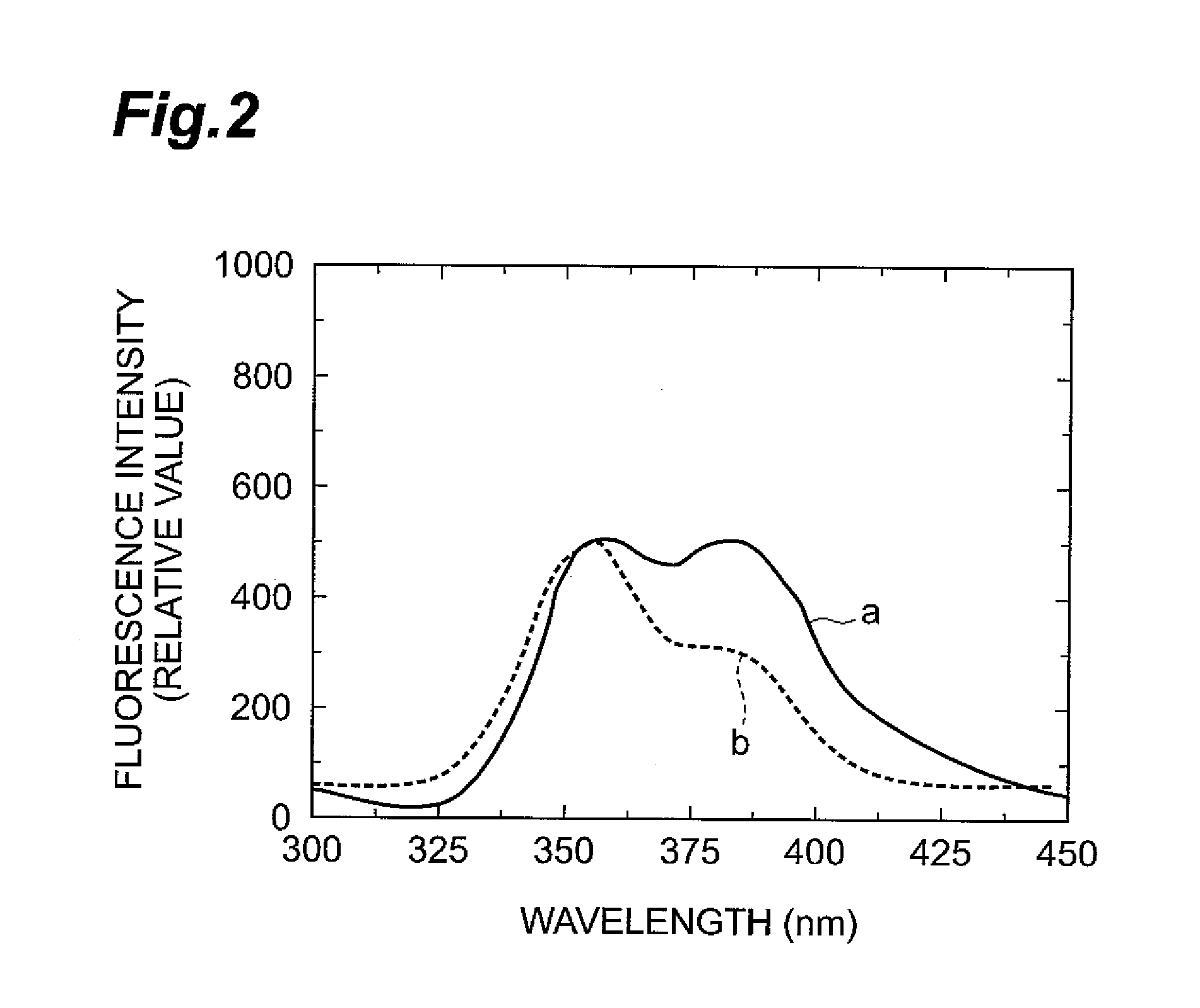Scintillator crystal and radiation detector
a scintillator and radiation detector technology, applied in the direction of instruments, x/gamma/cosmic radiation measurement, crystal growth process, etc., can solve the problem of rendering the scintillator unsuitable for a photomultiplier tube, and achieve the effect of high transparency and greater fluorescen
- Summary
- Abstract
- Description
- Claims
- Application Information
AI Technical Summary
Benefits of technology
Problems solved by technology
Method used
Image
Examples
example 1
[0070]The starting matrix material for the scintillator crystal comprised 25 g of LaBr3 (99.99% purity, product of Aldrich Co.) and 0.125 g of CeBr3 (99.99% purity, product of Aldrich Co.). The dopant starting material for the scintillator crystal comprised 2.5125 mg of NaBr (99.99% purity, product of Aldrich Co.), 2.5125 mg of FeBr2 (99.99% purity, product of Aldrich Co.) and 2.5125 mg of NiBr2 (99.99% purity, product of Aldrich Co.). The matrix starting material and dopant starting material were combined to obtain a mixture.
[0071]The obtained mixture was loaded into a quartz ampule, and the interior of the quartz ampule was reduced in pressure to 1 Pa and hermetically sealed in that state. The quartz ampule was then set in a prescribed location of a VB furnace.
[0072]This was followed by single crystal growth by the Bridgman method in the manner described below. First, the heater was heated to 800° C. and the quartz ampule was held for 24 hours in that state to melt the mixture. Th...
example 2
[0073]A single crystal was produced in the same manner as Example 1, except that 5.025 mg of NaBr (99.99% purity, product of Aldrich Co.) was used as the dopant starting material for the scintillator crystal.
example 3
[0074]A single crystal was produced in the same manner as Example 1, except that 5.025 mg of FeBr2 (99.999% purity, product of Aldrich Co.) was used as the dopant starting material for the scintillator crystal.
PUM
 Login to View More
Login to View More Abstract
Description
Claims
Application Information
 Login to View More
Login to View More - R&D
- Intellectual Property
- Life Sciences
- Materials
- Tech Scout
- Unparalleled Data Quality
- Higher Quality Content
- 60% Fewer Hallucinations
Browse by: Latest US Patents, China's latest patents, Technical Efficacy Thesaurus, Application Domain, Technology Topic, Popular Technical Reports.
© 2025 PatSnap. All rights reserved.Legal|Privacy policy|Modern Slavery Act Transparency Statement|Sitemap|About US| Contact US: help@patsnap.com



